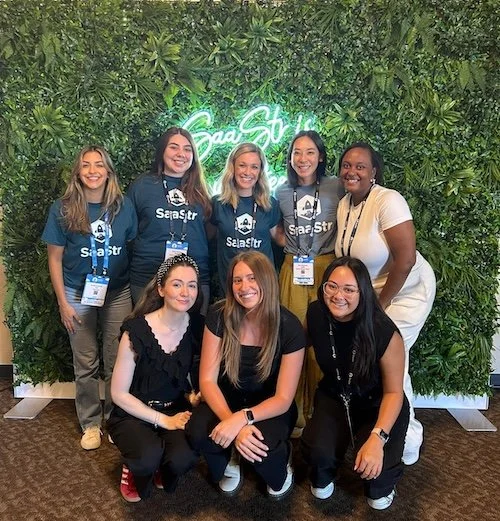In a time of such uncertainty, there is comfort in the certainty that the future of events is headed in one direction: hybrid.
Though we’re sure you’ve heard the term by now, hybrid is a combination of live in-person with a virtual online component, allowing attendees from around the world to tune in without booking a plane ticket.
Because of this, event technologies will be an unavoidable part of the live event experience. While there are certainly many things we miss about in-person events, the new virtual era opens the door to apps, social media, mapping technology, virtual reality, drones, interactive video, holograms, and more—and it’s digitizing the way we do almost everything in our industry.
Another positive of this new digital era? It has opened the door for event organizers to access more expansive and detailed data than ever before. With many (or most) tuning in virtually, attendees and their actions become as trackable as any other piece of data. But now, event organizers are facing the question of how—and what—data to collect, and how they can use it for good.
Here are just a few of the ways in which you can learn more about your event audience at a virtual or hybrid event:
What sponsor booths did they visit and how long did they stay?
Amount of time spent tuning into a session
Did they submit a question to the speakers? And if so—what was the question?
Did they engage in the polls, photo booth, chat, session rating, gamification, and other functions of your platform?
Did they download anything available?
Did they leave the event and come back?
Did they login to the platform a few days before to set up their profiles?
Did they schedule networking appointments with other attendees?
And to think we went all those years without truly accurate answers to those questions before the pandemic forced us to pivot to an online world!
The amount of data that can be captured and reported is staggering, and data is the number one tool to measure the success of an event. It measures your ROI, and sheds light on what functions, themes, and add-ons were popular with the audience.
Event and attendee data is vital in analyzing what to prioritize for future events. Every click taken by an attendee could be dissected and used to restructure future events. You’ll gain a clear picture of which presenters were most engaging, what about the event created the most social buzz, which sponsor ads were most effective, and much more.
Sponsors greatly value these analytics as well, given their time, effort and the monetary lifts tied to being involved with the event—they too want to justify their ROI.
Here are some of the most important data points sponsors normally like to pay attention to:
Impressions
Click through rate, or CTR
Views
Cost per click
Average watch time for their videos and/or speaking sessions
Data is a touchy subject—especially in the current moment of feeling tracked online and on our cell phones. Likewise, event attendees are concerned with how their data is being collected. As in-person events return and questions about vaccine status are becoming more commonplace in the registration process, event organizers will have to be careful about how—or even if—this data is collected and stored.
We look forward to being on the ground at both in-person and online events throughout the rest of this year, and will continue to collect and report on trends, best practices, tools, safety measures and more that we’re seeing in the industry.
If you want to talk more about hosting an event (in person, virtual, or hybrid!), get in touch.




